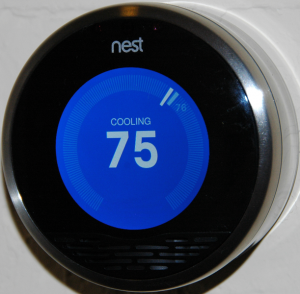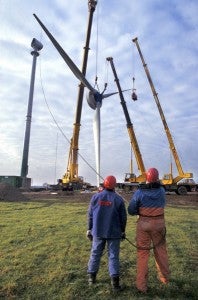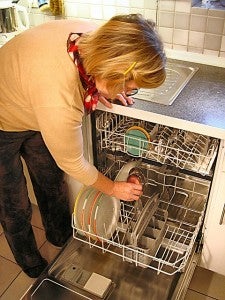 The amount of energy we use at any given time is constantly changing. Lights are switched on and off by time of day – other appliances, such as air conditioners, might operate based on the season. In order to meet our dynamic energy demands, our system has to have the infrastructure and resources in place to respond when needed.
The amount of energy we use at any given time is constantly changing. Lights are switched on and off by time of day – other appliances, such as air conditioners, might operate based on the season. In order to meet our dynamic energy demands, our system has to have the infrastructure and resources in place to respond when needed.
What may not be clear to many of us is that the costs associated with supplying this electricity also change with time, and during certain hours of the day and year these costs can be much higher. This isn’t readily apparent because the electricity rates we pay throughout the year are essentially flat.
Many, including Environmental Defense Fund (EDF), have made the case for electricity pricing that helps signal these fluctuating costs to customers. There are a variety of ways to design pricing that varies with time, while communicating to individuals and businesses the value of cutting back on electricity, or shifting use to other times. These options can take the form of paying a different amount for energy at different times, or perhaps being compensated for reducing use at times when the electric system is most constrained. Read More




